
Hytech-imaging / Pelagis Observatory UAR 3462 CNRS La Rochelle Université
Aerial image acquisition service for digital monitoring of avifauna and marine megafauna
The Stormm service has been designed to meet the challenges of digital monitoring of avifauna and marine megafauna, whether to help improve the state of knowledge or to meet the environmental requirements linked to the installation and operation of offshore wind farms. To achieve this, Stormm provides an image acquisition service ( Stormm-Survey) and an expert image analysis service (Stormm-Analysis).
Stormm-Survey is based on the Stormm® optical system. Once the images have been acquired, Stormm-Analysis provides a database of aerial photos ready for expert identification, as well as ergonomic and upgradable analysis tools.
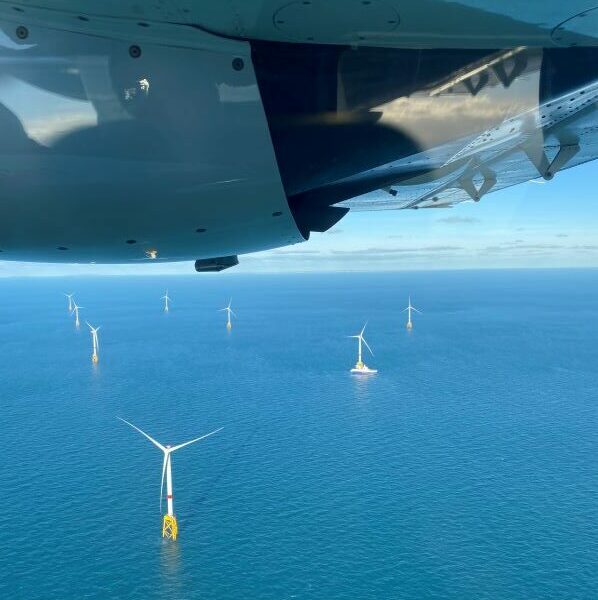
With Stormm-Survey, get a reliable imaging service, including:
an optical system for environmental monitoring
Precise, wide swath
Robust to glint conditions at the sea surface
Flexible, with 30-minutes installation on various aircraft models, and use at high or low altitude (with or without observer)
optimal acquisition conditions
Continuous weather monitoring
Complete operations management
Team of operators on-call
Reactive set up thanks to the operation of several aircrafts and Stormm® systems
Data traceability
images meeting identification requirements
Precise: spatial resolution < 2 cm
High quality: optics and sensors adapted to identification at sea
High fidelity: image characteristics maintained regardless of flight altitude
Reliable: systematic image quality control
With Stormm-Analysis, benefit from tailor-made identification support, focused on your environmental expertise, including:
time-saving
on identification tasks by providing an image database with targets pre-detection (extraction of individuals and objects of interest)
easier identification
with an ergonomic (image navigation, labeling tool, identification assistance features), and upgradeable (custom features can be added) plugin
cost control and interoperability
without dependence on proprietary software, thanks to the plug-in based on the open-source QGIS software
Stormm can be operated at high altitude without observers ( Stormm-MRE configuration) or at low altitude with observers
(Stormm-OBS configuration), while maintaining a wide swath (400 to 500 m) and a very high spatial resolution (1 to 2 cm). Stormm covers large areas in a limited number of flying hours and meets the specifications of the SAMM aerial monitoring protocol for marine megafauna.
The Stormm® optical system is the result of a close collaboration with thePelagis Obsevatory, which regularly uses the system for the national SAMM and international SCANS campaigns. Stormm is also contributing to MIGRATLANE, the national project leaded by the French Biodiversity Agency aimed at monitoring birds in the north-east Atlantic arc, and to the OWFSOMM national project leaded by France Energies Marines, dedicated to the intercalibration of monitoring protocols.
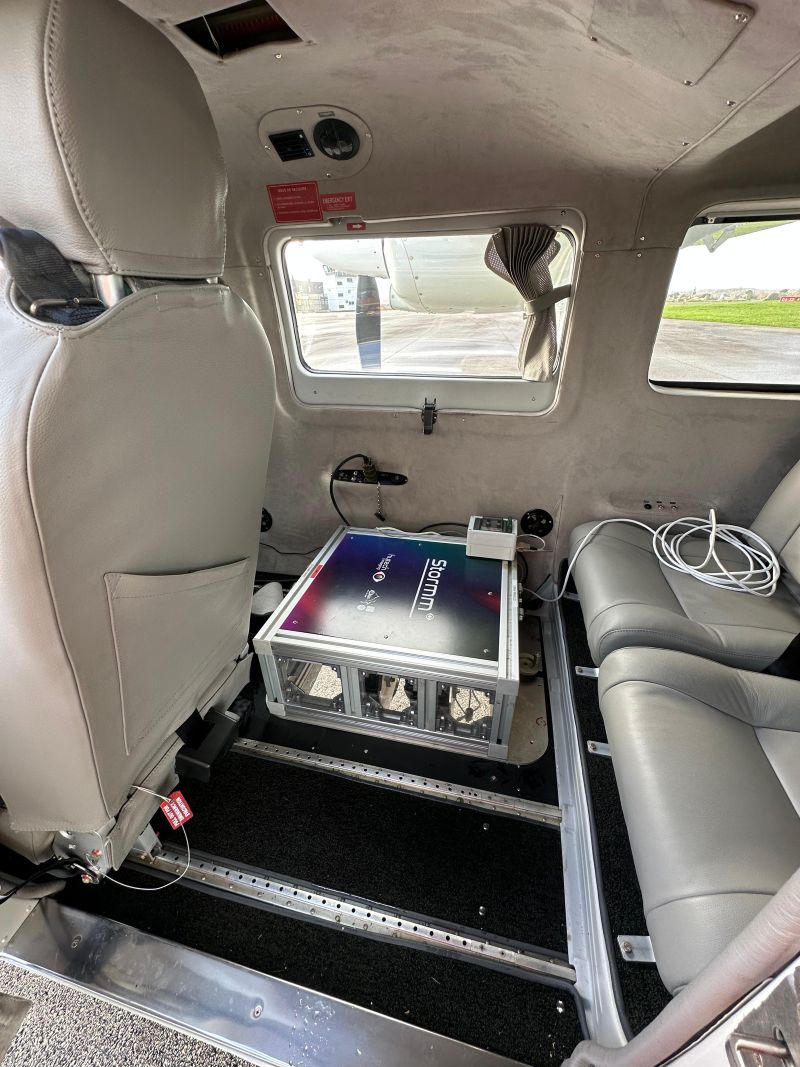
References
4600 km
covered in 15 flights for the SCANS campaigns in 2022
52 flights
within the SAMM and SPEE campaigns since 2019, still going on
24 flights
over 4 sites in the frame of the MIGRATLANE project from 2023 to 2026
4 MRE sites
sites surveyed during 14 sessions for the OWFSOMM project in 2022 and 2023
Partner
Paramètres d’acquisition des configurations
haute et basse altitudes et caractéristiques du système
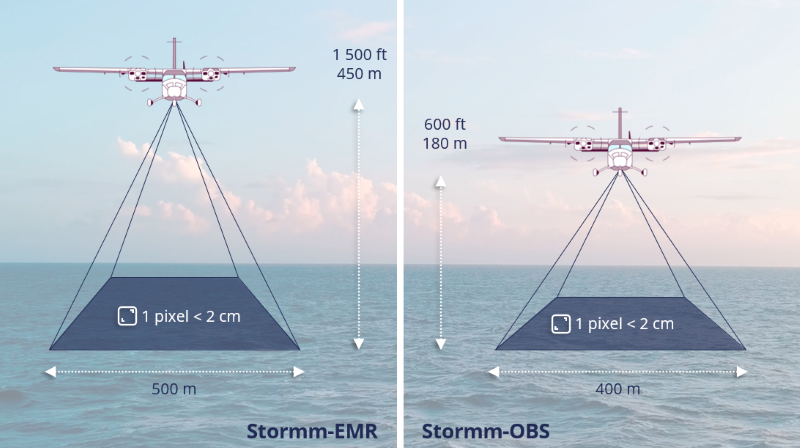
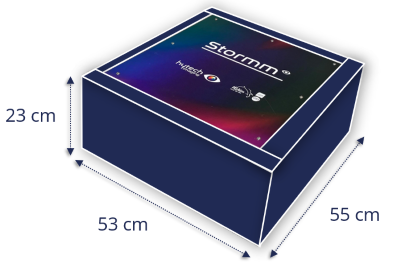

Hytech-imagIng / XSun
Low-carbon service for digital monitoring of avifauna and marine megafauna
The deployment of offshore wind farms as a response to the challenges of the energy transition calls for reflection on biodiversity monitoring practices and tools, in order to make them less invasive and less polluting. Solar-Stormm is responding to this challenge by developing a low-carbon, silent version of the Stormm-Survey service.
The service, which is currently being industrialised, is based on the miniaturisation of the Stormm optical system and its integration on a long-endurance solar drone. Hytech-imaging is using the SolarXOne drone developed by its partner XSun.
The long-term aim is to decarbonise, automate and standardise digital surveys to monitor avifauna and marine megafauna
Solar-Stormm
Solar-Stormm has already successfully met the challenge of miniaturisation, while enabling digital surveys comparable to those of the Stormm system
Solar-Stormm offers greater deployment flexibility and autonomy of acquisition (transport in a van, deployment from any open area, autonomous image acquisition according to a pre-defined flight plan
The next issue to be addressed concerns authorisations to fly beyond 12 nautical miles, the outer limit of territorial waters

